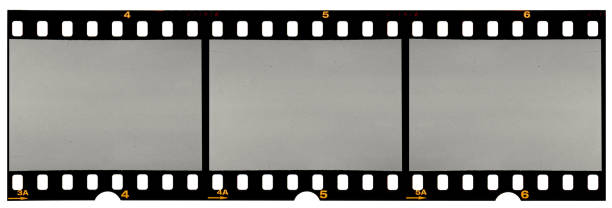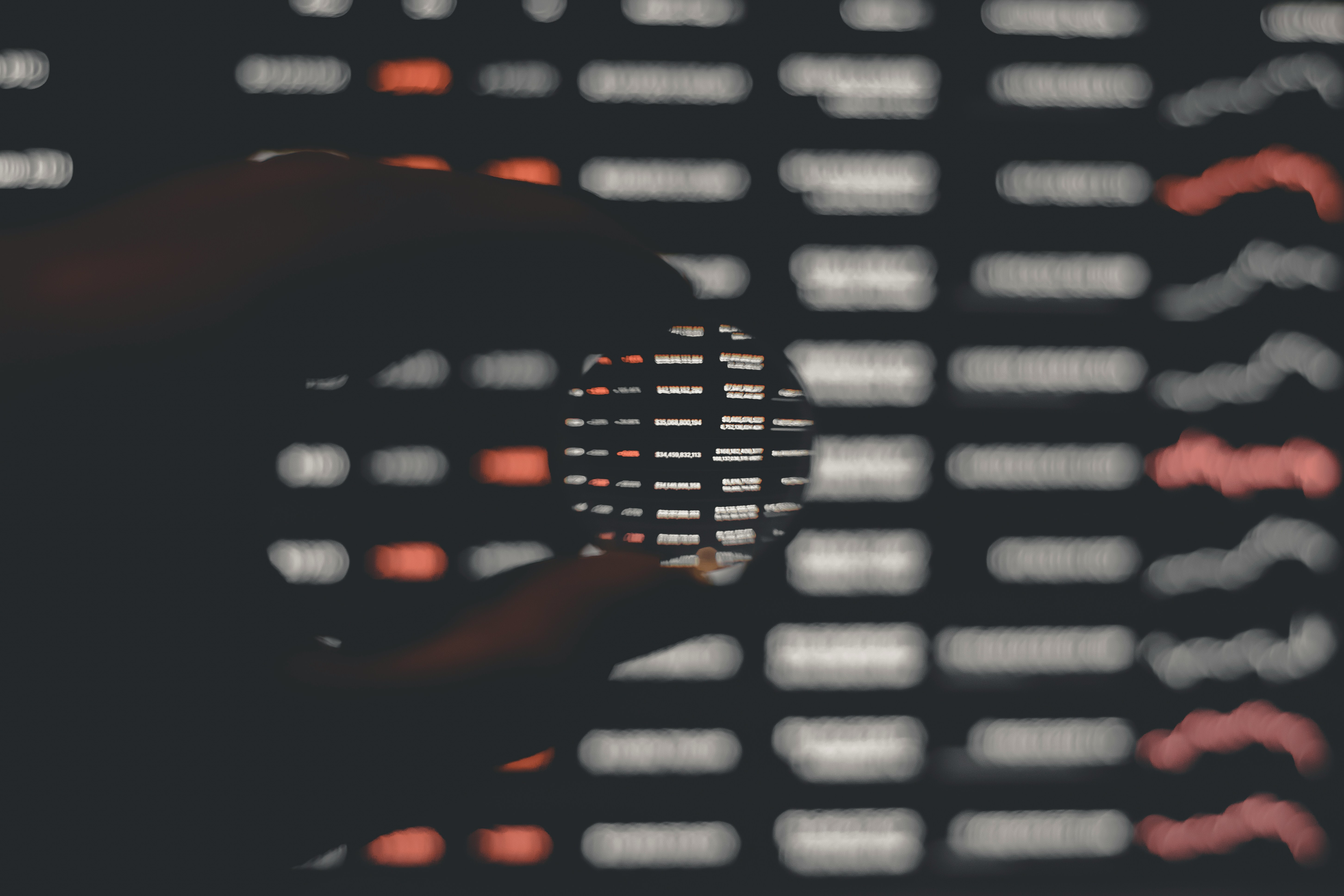Shifting Paradigms: The Resurgence of Analog Photography in the Digital Age
Introduction: Amidst the reign of digital technology, a seemingly outdated art form is making a comeback. Analog photography, once thought to be a relic of the past, is reclaiming its place in the world of visual artistry. Photography has played a significant role in documenting history and personal narratives. The birth of analog photography in the mid-19th century revolutionized the way we capture and preserve moments. This era saw the creation of the first practical photographic process, the daguerreotype, and later developments such as the negative-positive process. However, the advent of digital technology in the late 20th century led to a decline in the use of analog methods, as digital cameras offered convenience, speed, and instant results.

The Unexpected Resurgence: Analog in a Digital World
In an unexpected twist, the digital age has seen a resurgence of interest in analog photography. This revival can be attributed to various factors. For one, the physicality of film provides a tangible connection to the artwork, unlike digital photographs which exist primarily in virtual spaces. Moreover, the unpredictability and imperfections associated with film capture a unique aesthetic that digital methods often can’t replicate.
The Contemporary Analog Movement: A Blend of Old and New
The contemporary analog movement is not about outright rejecting digital technology, but rather finding a balance between the old and new. Artists and photographers are now combining analog techniques with digital editing tools to create hybrid works. This fusion of techniques allows for new possibilities and experimentation, pushing the boundaries of photographic expression.
Impact and Reception: Embracing the Analog Renaissance
The resurgence of analog photography has been met with enthusiasm from both artists and audiences. It has sparked a renewed appreciation for the craftsmanship involved in developing film and printing photographs. Moreover, it has led to the resurgence of local film labs and the production of new film cameras and film stock. The analog renaissance has certainly made its mark in the arts and entertainment industry, and its influence continues to grow.
Looking Ahead: The Future of Analog Photography
While it’s uncertain whether the resurgence of analog photography will continue, its impact on the contemporary art scene cannot be ignored. It’s a testament to the enduring power of traditional art forms, even in an increasingly digital world. As we move forward, it will be interesting to see how this movement evolves and influences future artistic trends.
In conclusion, the resurgence of analog photography in the digital age represents a fascinating shift in artistic preference and practice. It’s a reminder that in the realm of arts and entertainment, the old and the new can coexist, each enriching the other in unexpected ways. As we continue to navigate the intersection of tradition and innovation, one thing is clear: the art of analog photography is here to stay.




